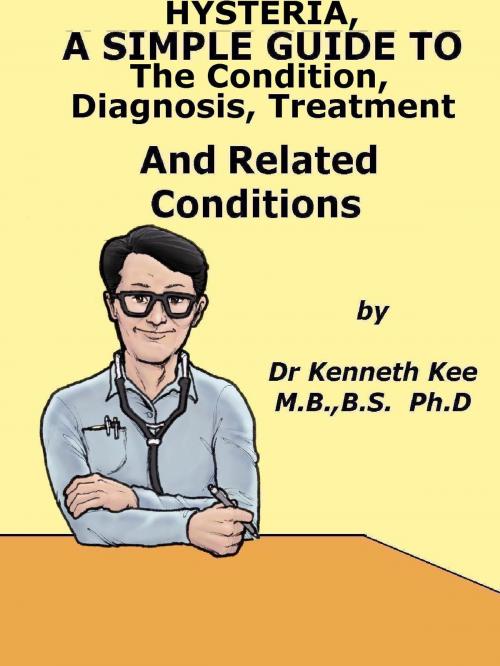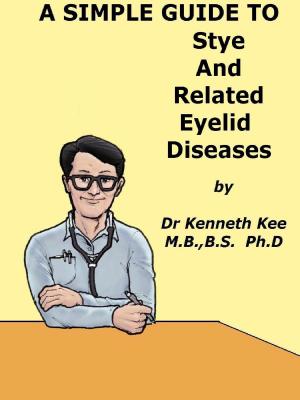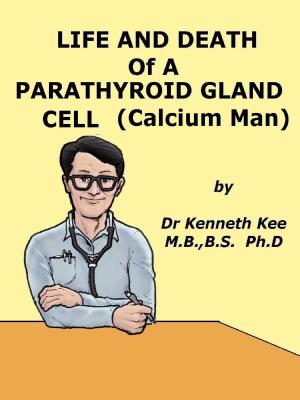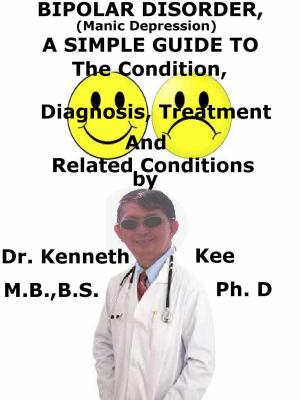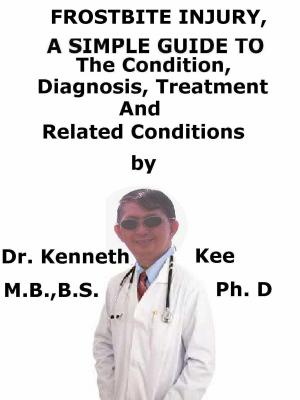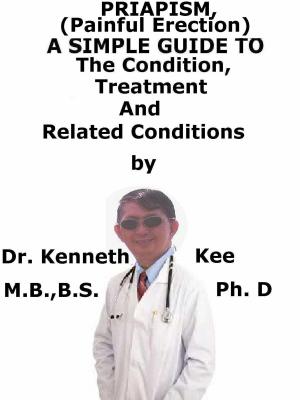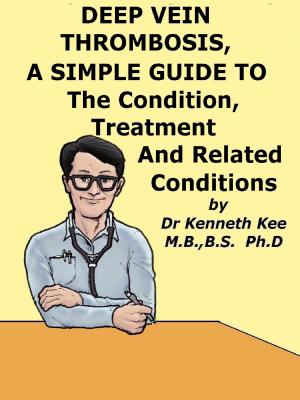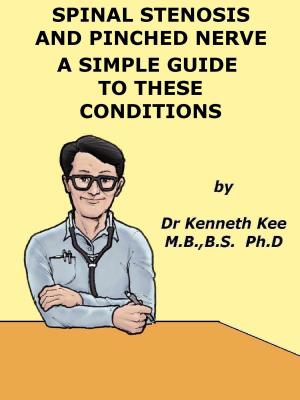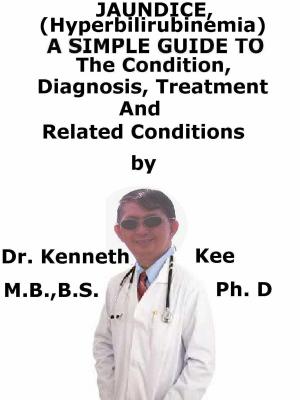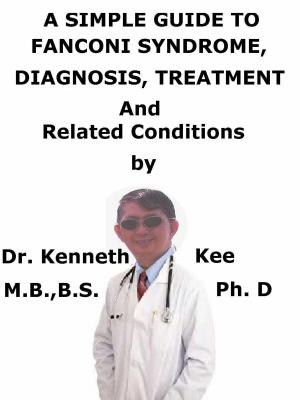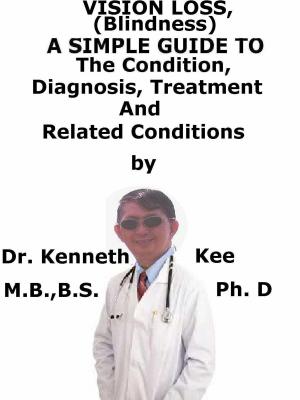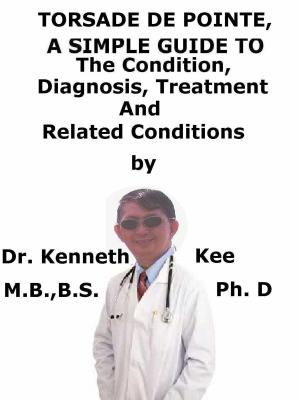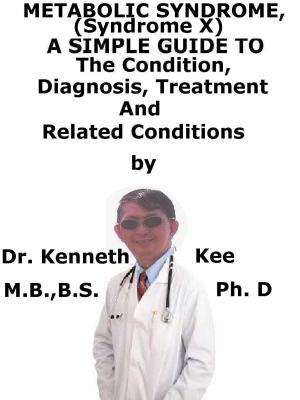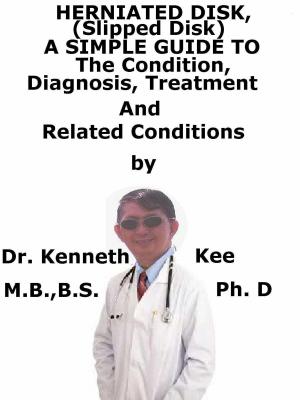Hysteria, A Simple Guide To The Condition, Diagnosis, Treatment And Related Conditions
Nonfiction, Health & Well Being, Psychology, Pathological Psychology, Medical, Specialties, Psychiatry| Author: | Kenneth Kee | ISBN: | 9781370994939 |
| Publisher: | Kenneth Kee | Publication: | October 4, 2016 |
| Imprint: | Smashwords Edition | Language: | English |
| Author: | Kenneth Kee |
| ISBN: | 9781370994939 |
| Publisher: | Kenneth Kee |
| Publication: | October 4, 2016 |
| Imprint: | Smashwords Edition |
| Language: | English |
Hysteria
“I suppose I have found it easier to identify with the characters who verge upon hysteria, who were frightened of life, who were desperate to reach out to another person.
But these seemingly fragile people are the strong people really.”
― Tennessee Williams
Hysteria or Conversion disorder is a group of mental disorder characterized by physical symptoms such as paralysis or other nervous system symptoms suggesting medical disorder but where no organic finding is found or known physiological mechanism.
Hysteria or Conversion disorder is a mental condition in which a person has symptoms that cannot be explained by positive medical evaluation.
There is evidence of symptoms linked with psychological factors or conflicts.
The term conversion was used by Freud to indicate that the patient’s symptoms of anxiety has been converted to physical manifestations.
Although most doctors believed that hysteria is seldom seen in the present time, it would appear that there are still many cases of hysteria or conversion disorders even now.
There are particularly high rates of childhood sexual abuse found in the histories of patients who have diagnosed as having conversion disorder.
The risk of hysteria or conversion disorder may occur if they also have:
a. A medical illness,
b. A dissociative disorder where there is escape from reality
c. A personality disorder where there is inability to manage feelings and behaviors that are expected in certain social situations.
The symptoms of Hysteria or conversion disorder is usually dramatic, vague or exaggerated:
1. Pseudoneurogical symptoms such as paralysis or blindness
2. Inability to speak
3. Numbness of hands or feet
4. Gastrointestinal - abdominal pain
5. Reproductive - painful menses
6. Psychosocial – impotence, sexual indifference
7. Pain such as back pain or headache
8. Giddiness or dizziness
9. Palpitations
Common signs of hysteria or conversion disorder are:
1. A debilitating symptom that begins suddenly
2. History of a psychological problem that gets better after the symptom appears
3. Lack of concern that usually occurs with a severe symptom
The diagnosis of conversion disorder is made on the basis of 3 findings:
1. The exclusion of neurological disease,
The neurologist must relied on the presence of positive signs of conversion disorder and carefully exclude neurological disease through examination and appropriate tests.
2. The exclusion of feigning
This is more difficult than realized because it is only possible where the patient confesses, or is found out to have a false identity.
3. The determination of a psychological mechanism
This is the most difficult aspect of the conversion diagnosis.
The doctor or psychiatrist must be able to find the source of the stress or emotional conflicts in the patient before he is able to treat them.
Treatment methods must take into consideration the length of time and the ways symptoms present themselves and may include one or multiple of the following treatments:
1. The most important treatment: Avoid labeling the condition as hysteria
2. Psychotherapy
3. Behavior modification
4. Hypnotherapy
5. Talk therapy and stress management training may help reduce symptoms.
6. Physiotherapy
TABLE OF CONTENT
Introduction
Chapter 1 Hysteria
Chapter 2 Causes
Chapter 3 Symptoms
Chapter 4 Diagnosis
Chapter 5 Treatment
Chapter 6 Prognosis
Chapter 7 Anxiety
Chapter 8 Panic Attacks
Epilogue
Hysteria
“I suppose I have found it easier to identify with the characters who verge upon hysteria, who were frightened of life, who were desperate to reach out to another person.
But these seemingly fragile people are the strong people really.”
― Tennessee Williams
Hysteria or Conversion disorder is a group of mental disorder characterized by physical symptoms such as paralysis or other nervous system symptoms suggesting medical disorder but where no organic finding is found or known physiological mechanism.
Hysteria or Conversion disorder is a mental condition in which a person has symptoms that cannot be explained by positive medical evaluation.
There is evidence of symptoms linked with psychological factors or conflicts.
The term conversion was used by Freud to indicate that the patient’s symptoms of anxiety has been converted to physical manifestations.
Although most doctors believed that hysteria is seldom seen in the present time, it would appear that there are still many cases of hysteria or conversion disorders even now.
There are particularly high rates of childhood sexual abuse found in the histories of patients who have diagnosed as having conversion disorder.
The risk of hysteria or conversion disorder may occur if they also have:
a. A medical illness,
b. A dissociative disorder where there is escape from reality
c. A personality disorder where there is inability to manage feelings and behaviors that are expected in certain social situations.
The symptoms of Hysteria or conversion disorder is usually dramatic, vague or exaggerated:
1. Pseudoneurogical symptoms such as paralysis or blindness
2. Inability to speak
3. Numbness of hands or feet
4. Gastrointestinal - abdominal pain
5. Reproductive - painful menses
6. Psychosocial – impotence, sexual indifference
7. Pain such as back pain or headache
8. Giddiness or dizziness
9. Palpitations
Common signs of hysteria or conversion disorder are:
1. A debilitating symptom that begins suddenly
2. History of a psychological problem that gets better after the symptom appears
3. Lack of concern that usually occurs with a severe symptom
The diagnosis of conversion disorder is made on the basis of 3 findings:
1. The exclusion of neurological disease,
The neurologist must relied on the presence of positive signs of conversion disorder and carefully exclude neurological disease through examination and appropriate tests.
2. The exclusion of feigning
This is more difficult than realized because it is only possible where the patient confesses, or is found out to have a false identity.
3. The determination of a psychological mechanism
This is the most difficult aspect of the conversion diagnosis.
The doctor or psychiatrist must be able to find the source of the stress or emotional conflicts in the patient before he is able to treat them.
Treatment methods must take into consideration the length of time and the ways symptoms present themselves and may include one or multiple of the following treatments:
1. The most important treatment: Avoid labeling the condition as hysteria
2. Psychotherapy
3. Behavior modification
4. Hypnotherapy
5. Talk therapy and stress management training may help reduce symptoms.
6. Physiotherapy
TABLE OF CONTENT
Introduction
Chapter 1 Hysteria
Chapter 2 Causes
Chapter 3 Symptoms
Chapter 4 Diagnosis
Chapter 5 Treatment
Chapter 6 Prognosis
Chapter 7 Anxiety
Chapter 8 Panic Attacks
Epilogue
